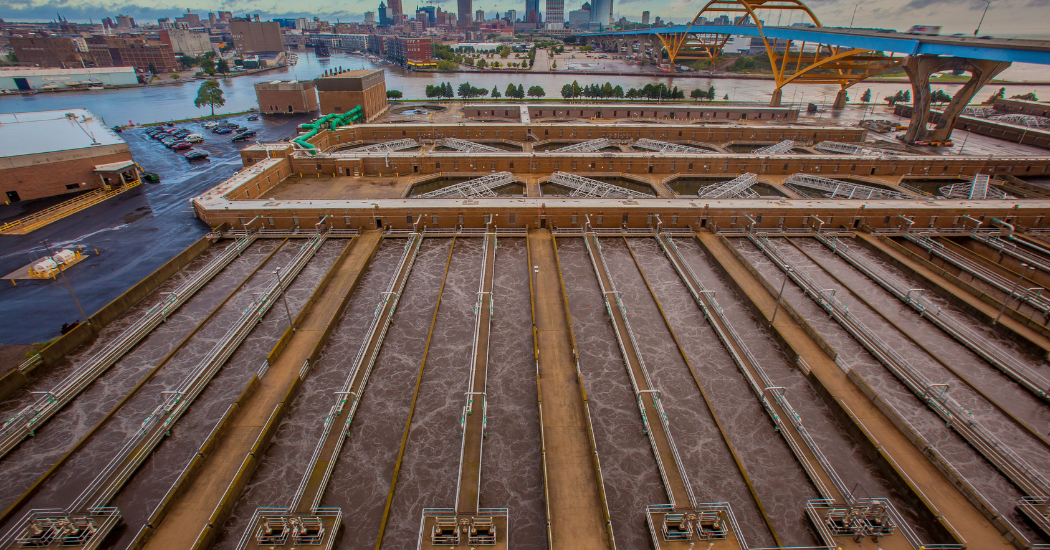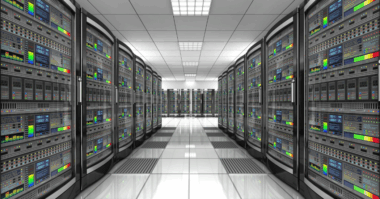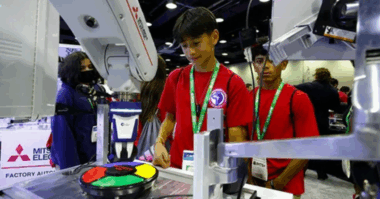Climate innovation isn’t a choice, it’s a necessity. Increasingly, companies participating in The Water Council’s innovation programs are purposely built for the circular economy, a powerful model for living within planetary boundaries.
Why this is important. Currently we’re taking more from our planet than it can afford to give us. And the effects of this overreach are becoming increasingly destructive with every passing year. Given what’s at stake, it’s not surprising that the circular economy model is influencing high-level decision-making, from the United States Inflation Reduction Act to the EU Green Deal to the United Nations’ promotion of sustainable economic policies, guidelines and incentives.
Smart for business. The idea of a circular economy is restorative and regenerative by design. By relying on system-wide innovation, it aims to design waste out, circulate resources and regenerate nature. Sustainable business not only provides a beneficial impact on our people and planet but makes good financial sense.
Open to innovation. Moving from a linear ‘take-make-dispose’ model to a circular model not only provides a framework to tackle the looming issues of climate change, finite resources, pollution, waste and the need for sustainable energy, it also offers huge opportunities for entrepreneurs to deliver new innovative circular solutions.
An example ahead of its time. The idea of circularity is not new. It has naturally been linked to sustainability for decades. For instance, the Milwaukee Metropolitan Sewerage District in Wisconsin has been recovering resources from wastewater – and creating a revenue stream in the process – since 1926.
 Milorganite (Milwaukee organic nitrogen) is a slow-release fertilizer and one of the nation’s oldest recycling efforts. During the treatment process, microbes that mimic nature digest the nutrients found in the wastewater. Clean water is returned to Lake Michigan while the microbes are kiln-dried into small pellets.
Milorganite (Milwaukee organic nitrogen) is a slow-release fertilizer and one of the nation’s oldest recycling efforts. During the treatment process, microbes that mimic nature digest the nutrients found in the wastewater. Clean water is returned to Lake Michigan while the microbes are kiln-dried into small pellets.
Innovation today. Globally, 80% of wastewater is discharged into local environments with minimal or no treatment — water that could be recycled and reused. Aquacycl, an alumnus of BREW 2.0 Post-Accelerator, has a waste-to-energy solution that protects water resources while helping industrial users reduce costs.
 Aquacycl’s modular system doesn’t generate methane, mitigates 90% more greenhouse gas (GHG) emissions than alternative treatment, and uses locally sourced bacteria to break down contaminants, reduce sludge and produce direct electricity. The dirtier the water, the faster the process. Inside a shipping container, hundreds of microbial fuel cells are attached together like Lego pieces – so it can be sized up or down depending on the volume of wastewater. At a sustainable, carbon-negative distillery in Colorado, for example, the high-nutrient treated wastewater supports adjacent agriculture. This collaborative approach to treatment and reuse is a win-win-win for the distillery, community and company.
Aquacycl’s modular system doesn’t generate methane, mitigates 90% more greenhouse gas (GHG) emissions than alternative treatment, and uses locally sourced bacteria to break down contaminants, reduce sludge and produce direct electricity. The dirtier the water, the faster the process. Inside a shipping container, hundreds of microbial fuel cells are attached together like Lego pieces – so it can be sized up or down depending on the volume of wastewater. At a sustainable, carbon-negative distillery in Colorado, for example, the high-nutrient treated wastewater supports adjacent agriculture. This collaborative approach to treatment and reuse is a win-win-win for the distillery, community and company.
 These examples have a common characteristic – by closing loops we can minimize water use, conserve resources and reduce our environmental footprint. It’s a pathway towards a more resilient future that benefits the planet and communities.
These examples have a common characteristic – by closing loops we can minimize water use, conserve resources and reduce our environmental footprint. It’s a pathway towards a more resilient future that benefits the planet and communities.
 Accelerating progress. Last year The Water Council was awarded a substantial grant from the U.S. National Science Foundation to take steps toward the creation of a regional innovation engine. The main purpose of this initiative, known as Water + Energy Forward, is to spur the advancement of “right-sized” water, energy and waste solutions for the food and beverage sector, pulp and paper industries, and small and medium-sized wastewater utilities to make the region and these industries more sustainable and resilient.
Accelerating progress. Last year The Water Council was awarded a substantial grant from the U.S. National Science Foundation to take steps toward the creation of a regional innovation engine. The main purpose of this initiative, known as Water + Energy Forward, is to spur the advancement of “right-sized” water, energy and waste solutions for the food and beverage sector, pulp and paper industries, and small and medium-sized wastewater utilities to make the region and these industries more sustainable and resilient.
Hubs are skilled at ecosystem development and collaborative partnerships. The Water Council’s next chapter is an exciting opportunity to work with new stakeholders from the energy and controls sector on a strategy and solutions to mitigate and adapt to the effects of climate change.
Author: Beverley Ferrara, European Representative
Feature image by Peter Zuzga




